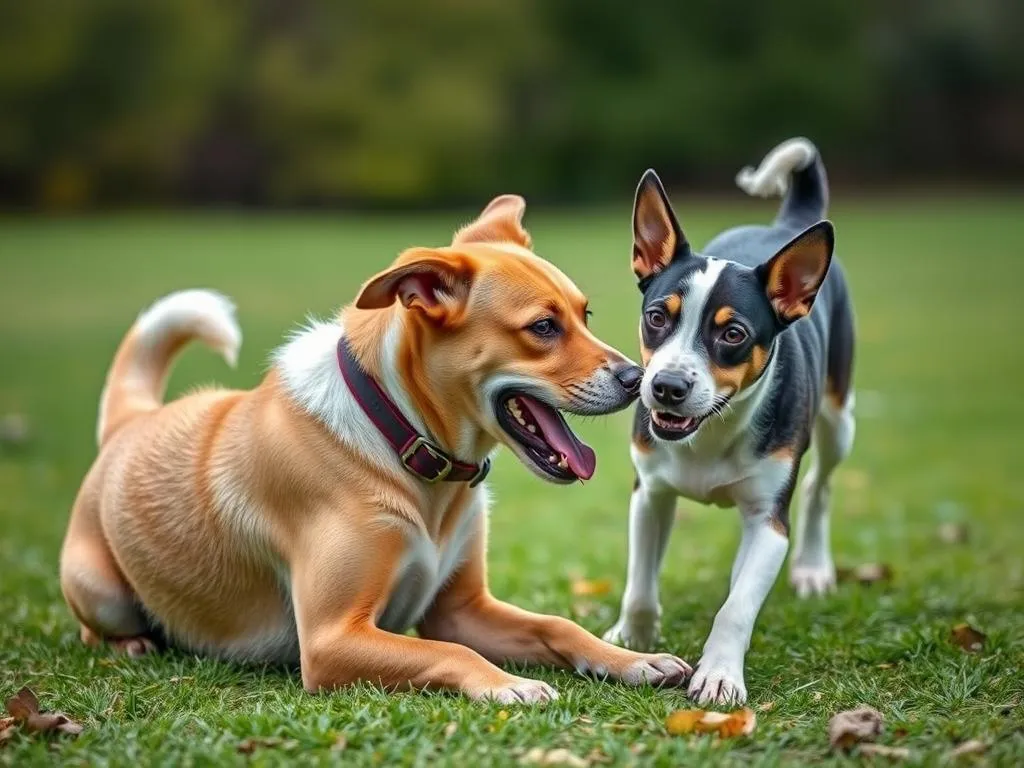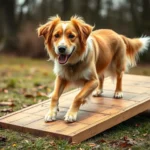
Socialization is critical for the well-being of our canine companions. Teaching your dog to play nicely with other dogs not only enhances their social skills but also contributes to a happier and healthier life. Well-socialized dogs are typically more relaxed, confident, and friendly, making interactions with other dogs and humans much smoother.
However, many pet owners face challenges when their dogs struggle to play well with others. This can lead to stress for both the dog and the owner. With a structured approach and the right techniques, you can transform your dog into a social butterfly. Here’s a comprehensive guide on how to teach your dog to play nicely with other dogs.
Understanding Dog Behavior
The Basics of Canine Socialization
Socialization in dogs refers to the process of exposing them to different environments, people, and other animals to help them become well-adjusted. The critical periods for socialization occur between 3 to 14 weeks of age, during which puppies are most receptive to new experiences. This is the ideal time to introduce them to other dogs, as it helps shape their behavior and temperament throughout their lives.
Common Dog Behaviors During Play
Understanding how dogs communicate during play is essential. Common play signals include:
- Play Bow: A dog lowers its front legs while keeping its hindquarters elevated, signaling readiness to play.
- Chasing: Dogs often engage in chase games, which can be an enjoyable form of play.
- Barking: Playful barking is typically higher-pitched and less aggressive.
Recognizing these signals allows you to differentiate between playful interactions and potential conflicts.
Identifying Aggressive vs. Playful Behavior
Knowing the signs of aggression is crucial for ensuring safe playtime. Signs that may indicate aggression include:
- Growling or snarling
- Raised hackles
- Stiff body posture
In contrast, playful interactions usually involve relaxed body language, wagging tails, and playful barks. Understanding these differences can help you intervene before any issues arise.
Preparing for Playtime
Choosing the Right Environment
Selecting the right environment for your dog’s playtime is vital. Safe locations such as dog parks, backyards, or controlled playgroups are ideal. Initially, it’s best to choose a controlled setting where you can monitor interactions closely.
Selecting Suitable Playmates
Not all dogs are suitable playmates. Look for dogs with similar energy levels and temperaments. Calm dogs are often better companions for excitable pups, while more energetic dogs can help engage less active dogs. Assessing other dogs’ behavior before introductions can prevent negative encounters.
Essential Supplies
Having the right supplies can make playtime more enjoyable and safe. Consider the following:
- Toys: Choose toys that promote friendly play, such as balls or tug toys.
- Leashes and Harnesses: Use a leash and harness for initial introductions to maintain control and safety.
Teaching Your Dog Basic Commands
Importance of Obedience Training
Before introducing your dog to others, it’s essential to establish a foundation of obedience training. Commands such as “Sit,” “Stay,” and “Come” can facilitate smoother interactions with other dogs.
Key Commands to Teach
Focus on teaching your dog the following commands:
- Sit: A basic command that encourages calmness.
- Stay: Teaches your dog to remain in place, reducing impulsive behavior.
- Come: Helps you call your dog back to you during play.
- Leave it: Instructs your dog to disengage from something they shouldn’t be interacting with.
Reinforcing Commands During Play
Practice these commands in a playful environment. For example, use a toy to encourage your dog to “Sit” before they can engage in play. Reinforce their learning with treats and praise.
Introducing Your Dog to Other Dogs
Initial Introductions
When introducing your dog to others, take it slow. Choose a neutral location and allow the dogs to meet on leashes initially. Keep your demeanor calm to help your dog feel secure.
Monitoring Body Language
Pay close attention to both dogs’ body language during introductions. Signs of discomfort may include:
- Avoidance behaviors, such as turning away
- Low tail carriage
- Excessive barking or growling
If you notice these signs, it may be time to separate the dogs and try again later.
Gradual Socialization Techniques
Gradual exposure to other dogs helps build confidence. Start with short play sessions and gradually increase their duration as your dog becomes more comfortable. Positive reinforcement during these interactions is essential to reinforce good behavior.
Encouraging Playful Interactions
Using Toys to Facilitate Play
Toys can be a fantastic way to encourage friendly play. Interactive toys, such as frisbees and balls, can help engage dogs and promote social bonding.
Setting Boundaries
Teaching your dog about boundaries is crucial. Use commands like “Leave it” or “Enough” to signal when playtime should pause. If your dog becomes overly excited or aggressive, gently redirect their attention to a toy or another activity.
Positive Reinforcement Strategies
Reward your dog for good behavior during play. Use treats or praise to reinforce positive interactions. This not only encourages good behavior but also creates a positive association with playing nicely.
Troubleshooting Common Issues
Dealing with Fearful or Shy Dogs
If your dog is fearful or shy around others, it’s essential to encourage confidence. Start by introducing them to calm, non-threatening dogs. Gradually increase exposure while providing plenty of positive reinforcement.
Handling Aggressive Behavior
If your dog displays aggressive behavior, it’s crucial to address it immediately. Use commands to redirect their focus and separate them from the other dog if necessary. Consider consulting a professional trainer if aggression persists.
Stopping Playtime When Things Go Wrong
Recognizing when to intervene is critical. If playtime becomes too rough, calmly call your dog back to you. Use a firm voice and give them a break to help them cool down.
Maintaining Healthy Play Habits
Regular Playdates and Socialization
Consistent socialization is vital for long-term success. Organize regular playdates with friendly dogs to help reinforce good behavior and build confidence.
Monitoring Playtime Duration
Be mindful of playtime duration. Dogs can become fatigued or overstimulated. Signs of fatigue include panting, drooping ears, and loss of interest in play. Take breaks as needed to prevent overstimulation.
Continuing Training Beyond Initial Socialization
Training shouldn’t stop after initial socialization. Keep practicing commands and reinforce good behavior consistently. Ongoing exposure to different environments and dogs will help maintain your dog’s social skills.
Conclusion
Teaching your dog to play nicely with other dogs is a rewarding journey that requires patience and consistency. By understanding canine behavior, preparing adequately for playtime, and employing effective training techniques, you can foster positive interactions between your dog and others.
Remember, every dog is unique, so be patient as you navigate this process. With time, your dog will learn to socialize successfully, leading to happier playdates and a more enjoyable life together. Share your experiences and tips on socialization in the comments below, and consider seeking professional training if challenges persist.









